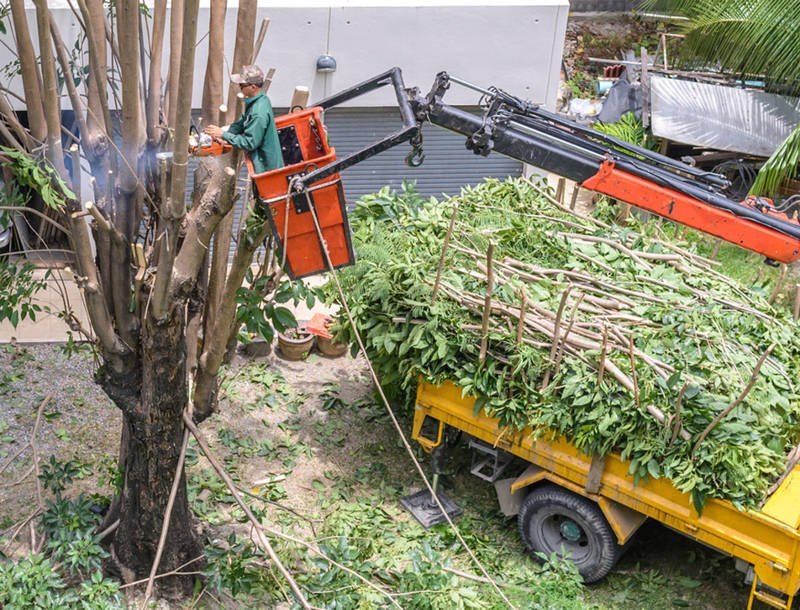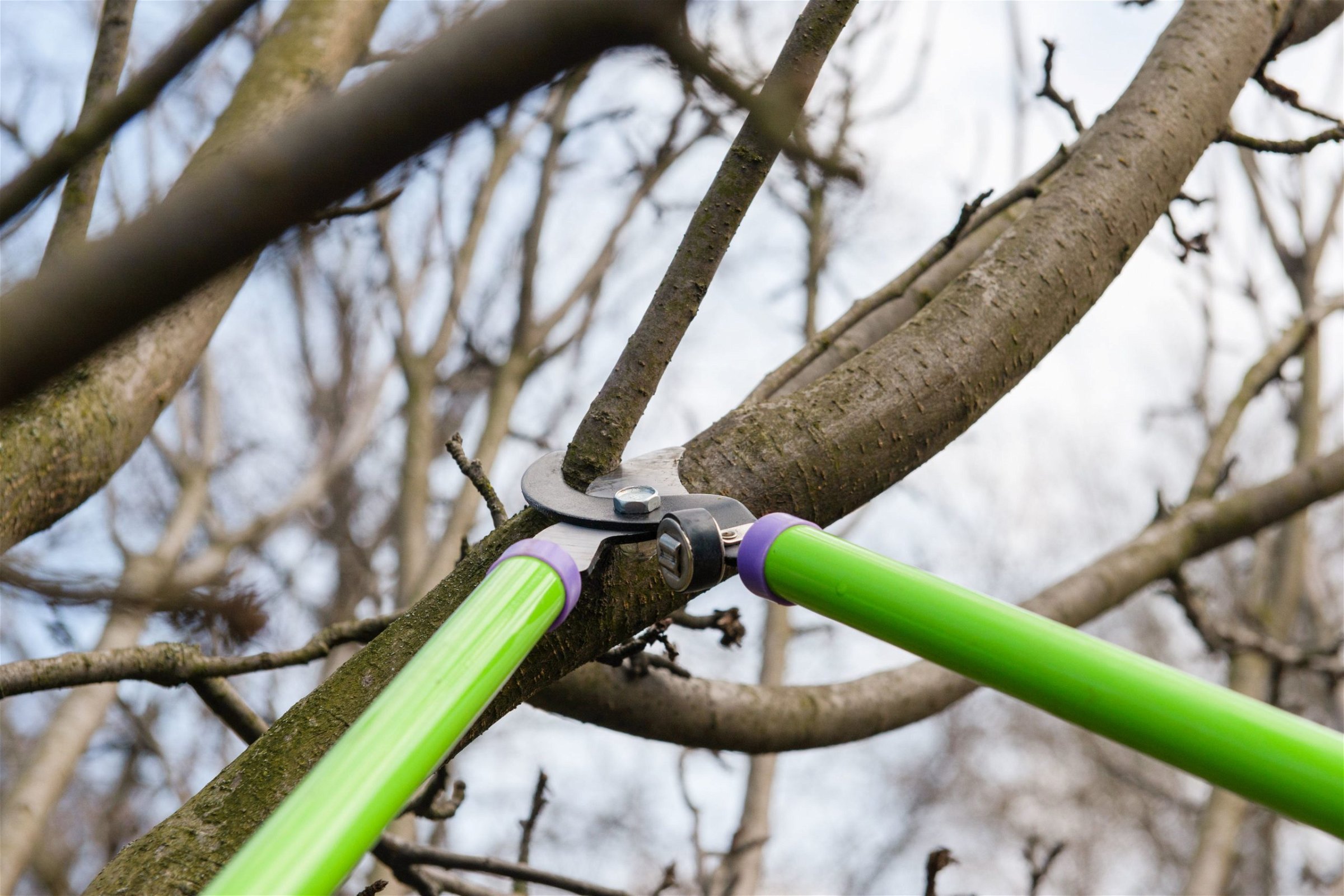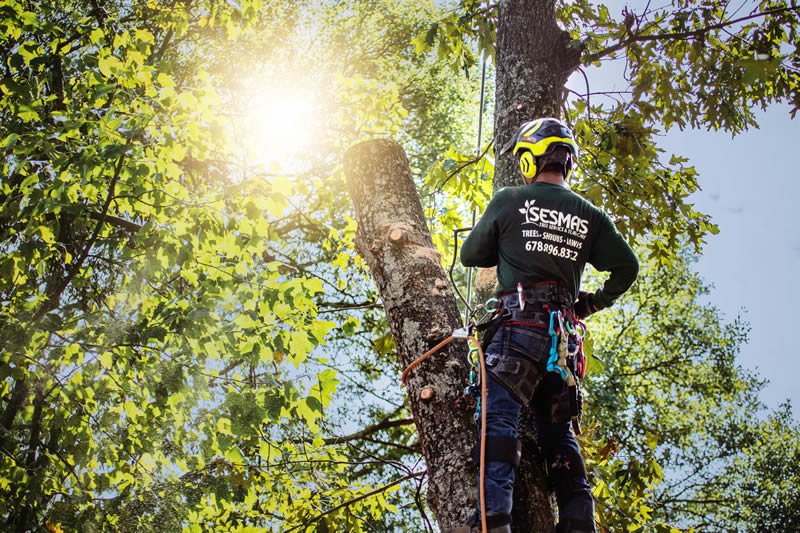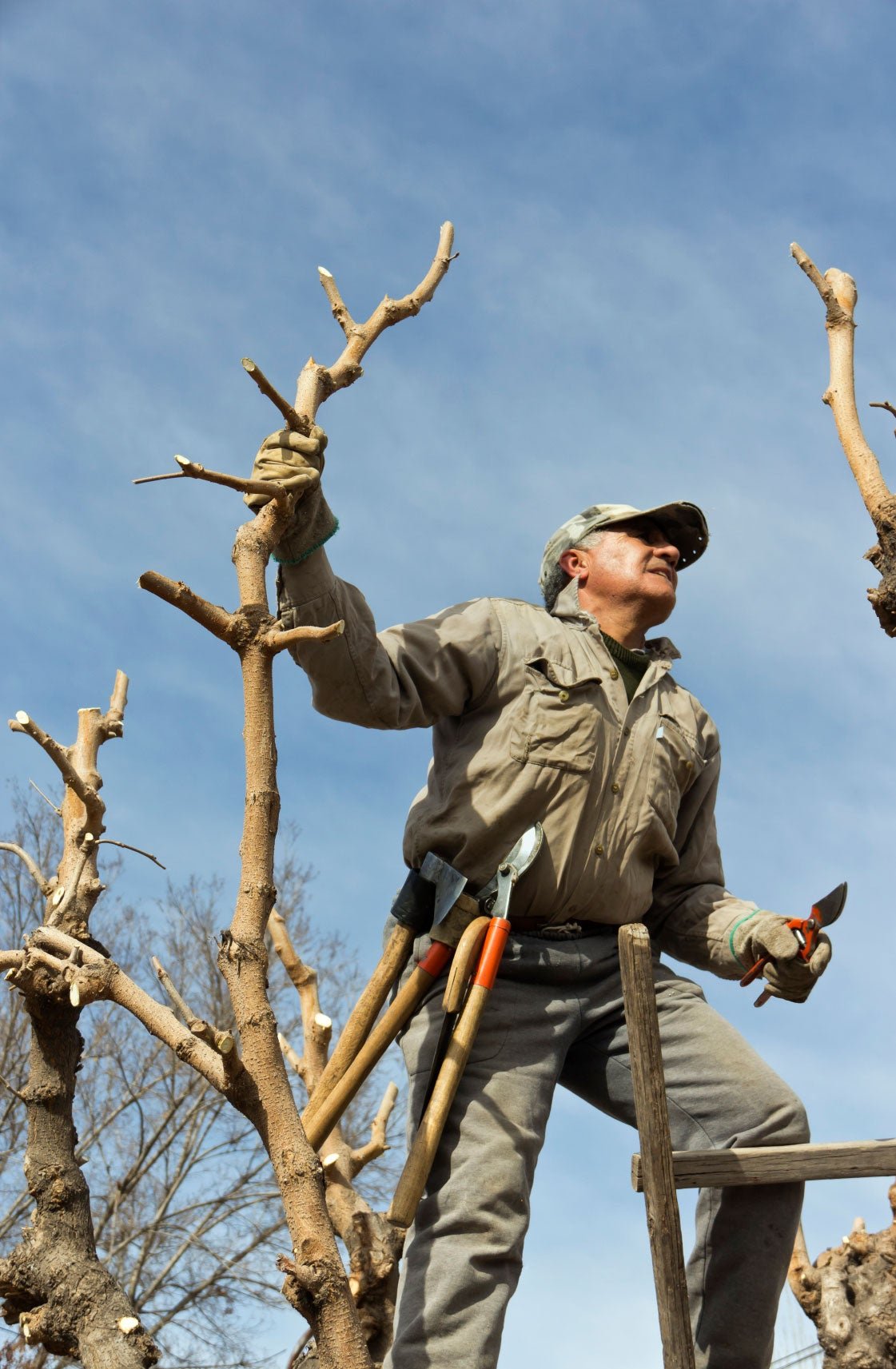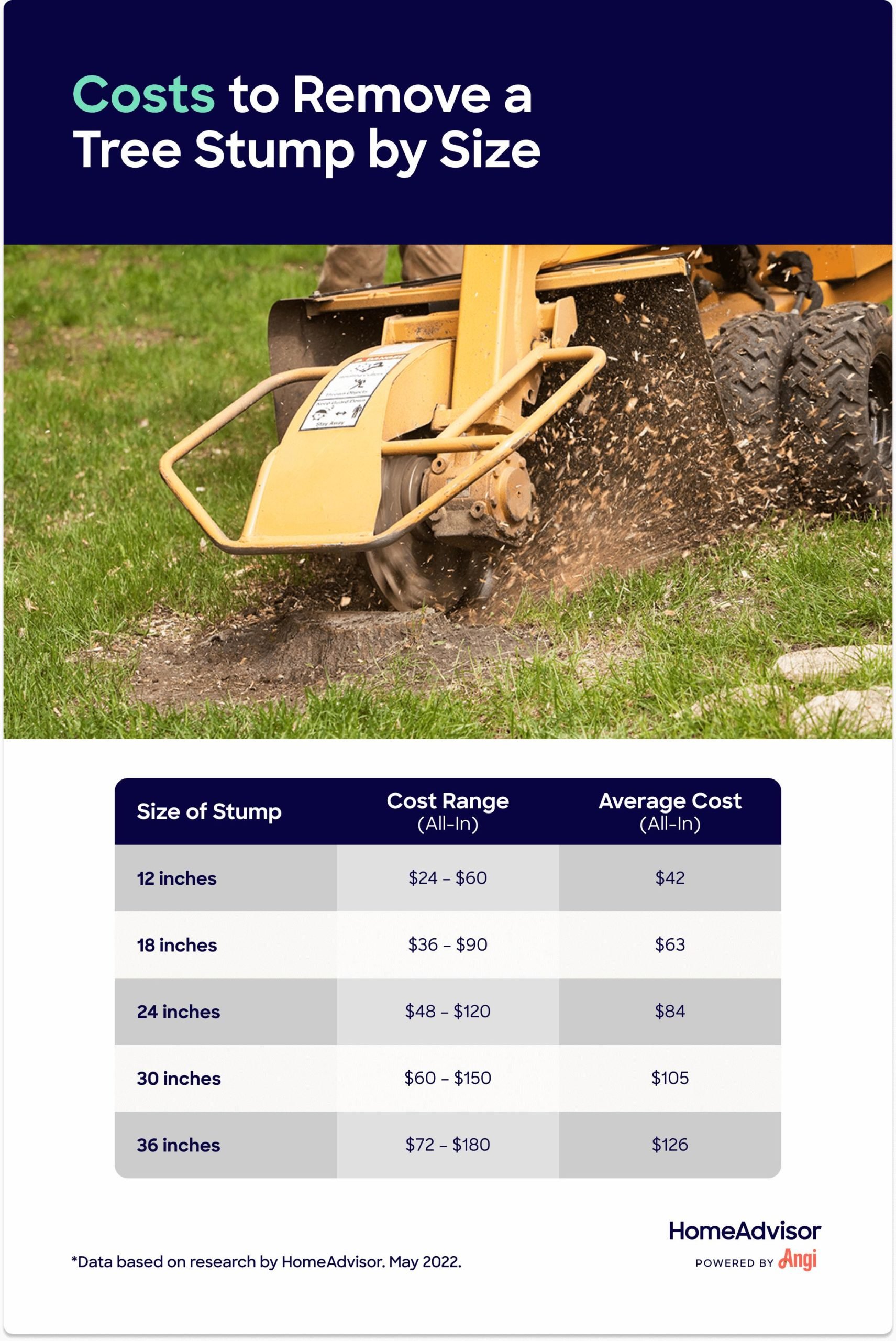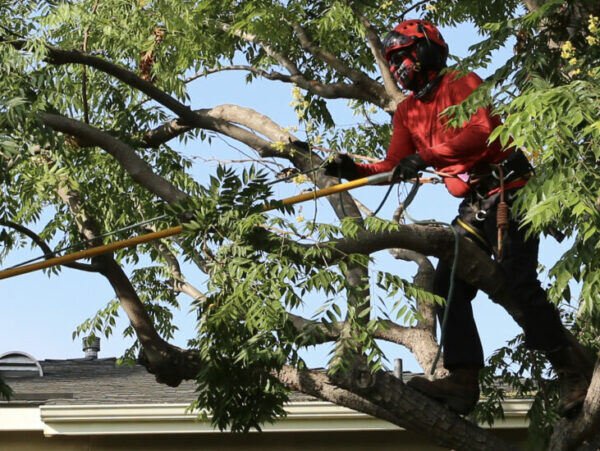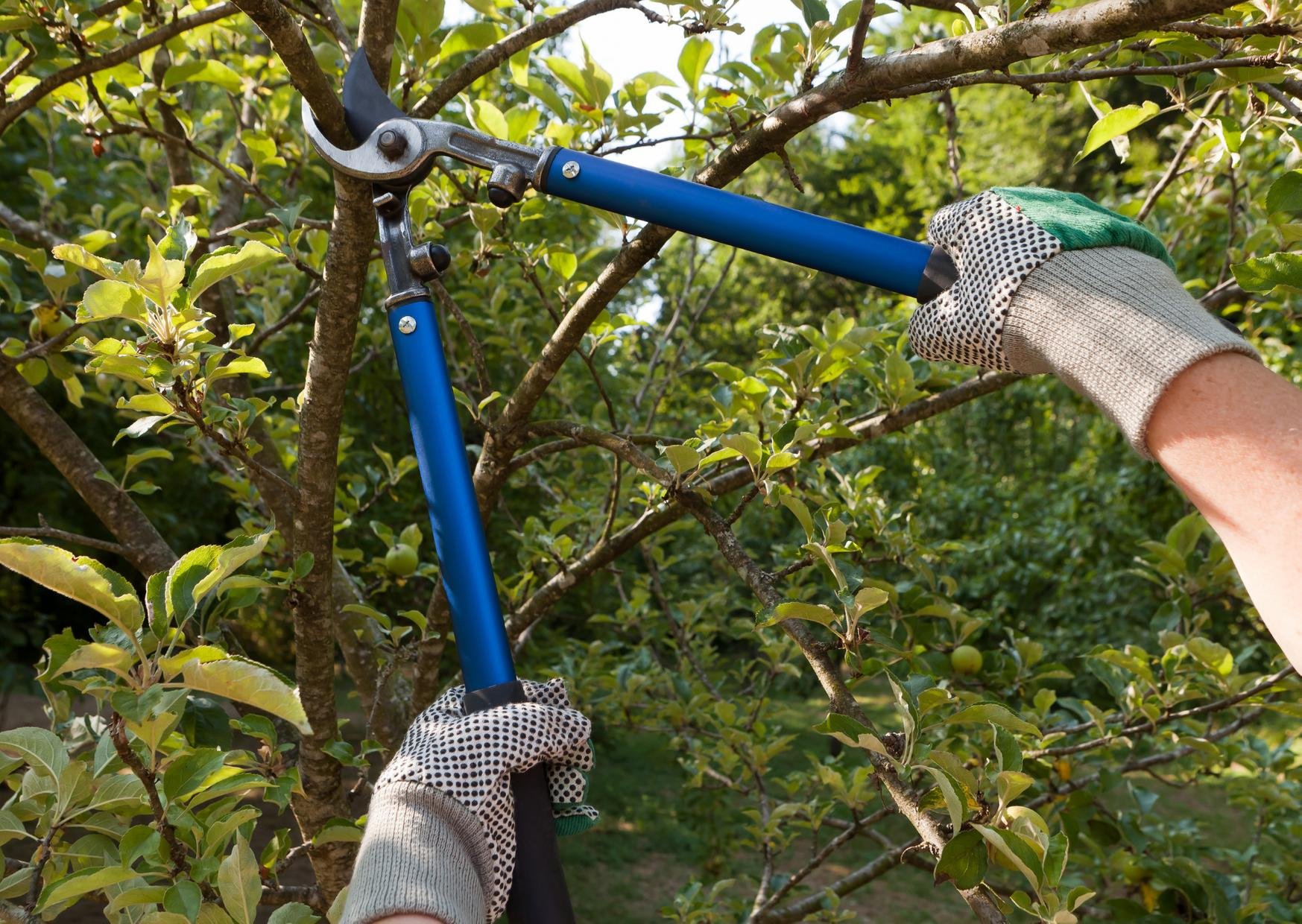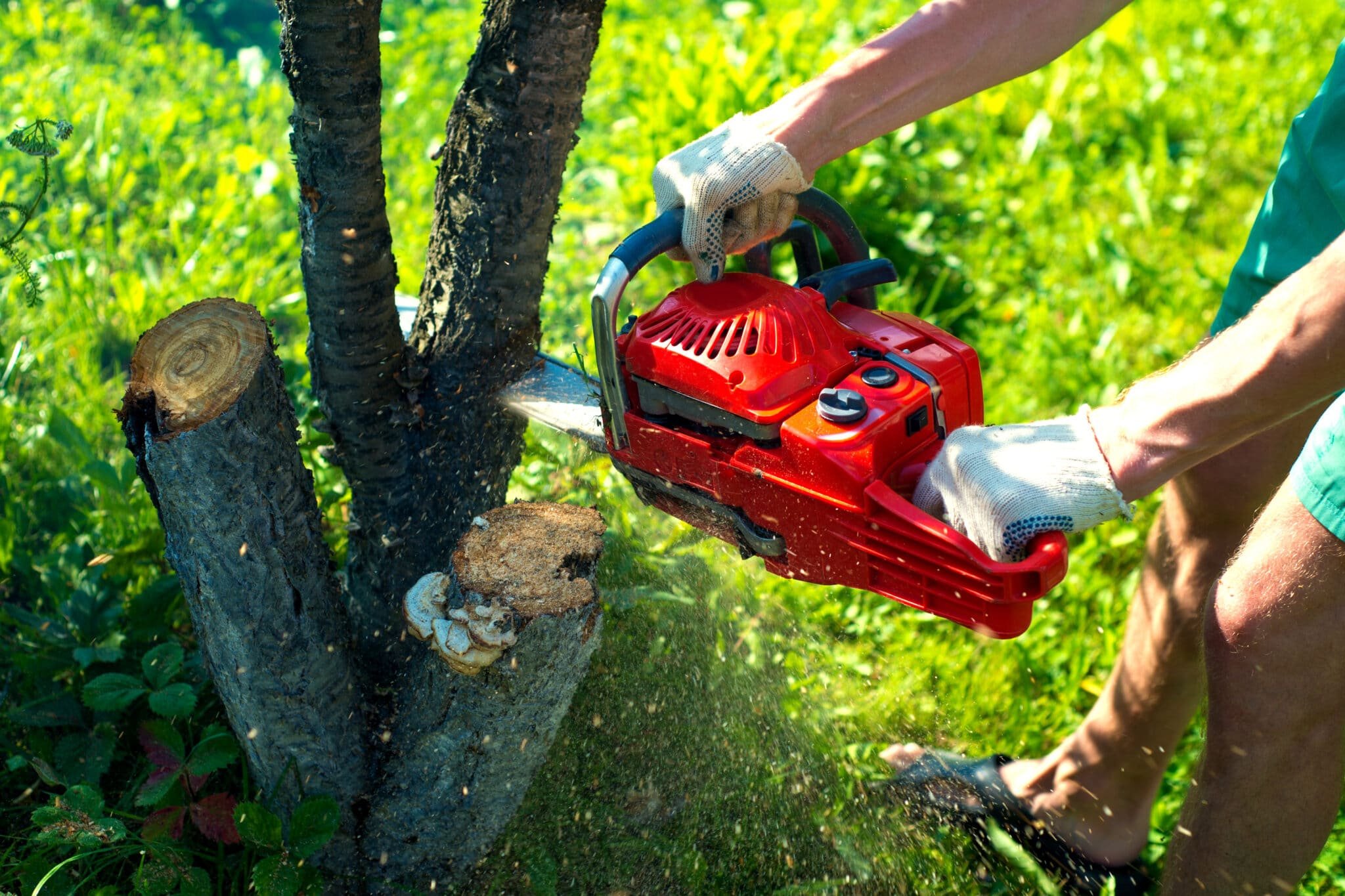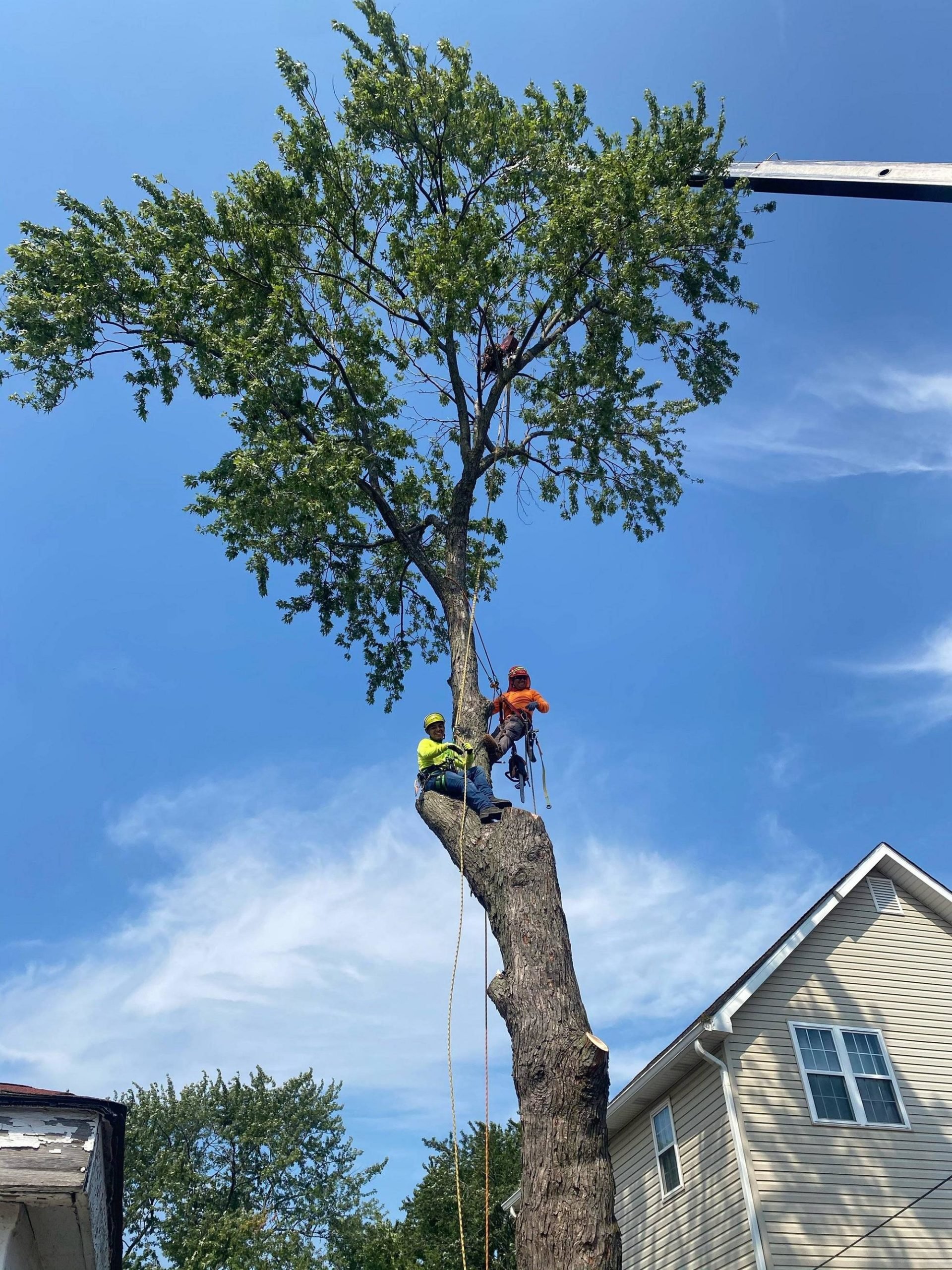[ad_1]
Choosing a tree removal expert is essential, especially if you want to ensure that the job is done in the safest and most efficient way possible. This is especially important if the tree is located on your property or near your home.
Cost of removing a tree
Whether you’re looking to have a tree removed or you’re wondering about the cost, there are several factors that can impact the price. These include the size of the tree, its location, its height, and the difficulty of the job. The cost can also depend on the tree’s condition.
Removing trees that are diseased or dangerous can also cost more. These types of trees can cause damage to homes and other structures. They can also pose risks to other plants and trees. These diseases include blights, anthracnose, and leaf rust.
Taller trees can also be more expensive to remove. They usually cost between $1,300 and $2,000. They may require multiple days of work. In addition, they are also more difficult to remove. They may have multiple trunks or branches, which adds more work to the removal process.
Smaller trees can also be removed for a lower price. Trees that are less than 30 feet tall can be removed for between $285 and $445. However, the price is much higher if the tree is taller or if it’s in a dangerous position.
Trees that are close to structures, like power lines, may need to be roped down before they’re removed. These types of trees will also have to be checked by a professional to ensure that they’re not dangerous.
Hazards of a dead tree
Having a dead tree on your property can be a real danger. It can cause serious damage to your property, as well as your neighbors’. Especially if the tree is near power lines. It can also be a safety hazard for people and pets.
When a tree has died, it is best to remove it as soon as possible. Even a healthy tree can die due to disease, pests, or aging concerns.
Dead trees are also a safety hazard for people, pets, and wildlife. The trunk can break off and crash into your house, and the branches can become projectile objects during storms. The branches can also damage nearby power lines.
Trees should be checked regularly for signs of disease or other problems. Some tree diseases are contagious. They can spread to other trees in your neighborhood. If your tree has been diseased, you may be liable for the damage. If you have a dead tree in your yard, you should call an arborist. A certified arborist will be able to inspect your tree and advise you of the best methods for removal.
You might also want to call a professional if you have a dead tree in your yard that is near a power line. Dead trees can cause damage to the lines and can lead to a power outage. The damage could be expensive and you could be held responsible for the cost.
Need a permit to cut down a tree on your own property
Whether you are a tree expert or someone new to the flora, it is always a good idea to find out if you need a permit to cut down a tree on your own property. The rules may vary from city to city, but in general, you should have the right permits.
The rules may also vary by region. Some cities have more rigorous rules, like San Francisco, where you are required to have a permit to cut down a tree that is more than 24 inches in diameter. In other cities, like San Jose, you must obtain a permit to cut down a tree two feet tall or more.
If you have a large tree on your property, you may want to consider hiring a professional arborist to cut it down. In addition to being licensed, an arborist will have the right tools to do the job safely. A reputable arborist may also help you find out if you need a permit.
There are several reasons why you should get a permit to cut down a tree. One of the reasons is to protect the environment. Other reasons include safety and protection of other trees and property. If you have a large tree on your premises, it may also be a good idea to have it removed before it falls on your house or becomes a hazard.
[ad_2]

